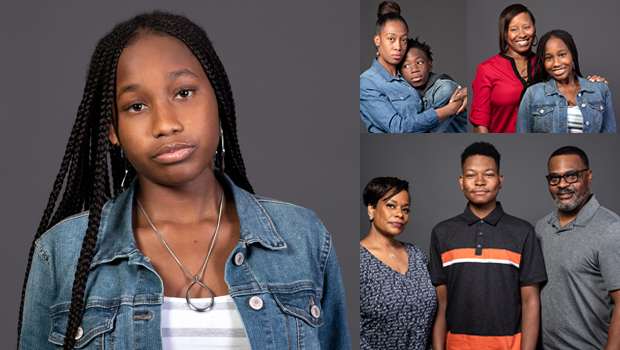Fighting Sickle Cell Disease: What the Black Community Should Be Doing Right Now
Imagine for a moment that you suddenly wake up in the middle of the night. Your child is screaming. You rush to her room and find her in bed, writhing in agony. There’s nothing you can do to ease the pain. You feel helpless. Absolutely helpless.
Unfortunately, this scenario is all too real, and occurs frequently to families suffering from sickle cell disease. Pain episodes can happen at any time, and can last for days or even weeks.
One in 400 Are Born With The Disease
And the worst part? Sickle cell disease is a painful genetic disorder that affects one in 400 African Americans and other minorities. That’s millions of people affected, worldwide.
Many Well-Known Black Celebrities Have (or Had) Sickle Cell Disease.
- LARENZ TATE An actor known for his roles in Menace II Society, Dead Presidents, Biker Boyz, Ray and other films.
- TIKI BARBER Former NFL running back for the New York Giants (10 seasons). He has now launched a national health campaign, Be Sickle Smart.
- TIONNE ‘T-BOZ’ WATKINS Singer with the group TLC, she has served as a spokesperson for the Sickle Cell Disease Association.
- ALBERT ‘PRODIGY’ JOHNSON Rapper with the rap duo Mobb Deep. He died in 2017, at the age of 42.
- PAUL WILLIAMS An original member of the R&B group The Temptations, he was often in too much pain to perform.
- MILES DAVIS Legendary jazz musician.
What Is Sickle Cell Disease?
Sickle cell disease is a genetic blood disorder that causes red blood cells to become abnormally shaped. Normal red blood cells are smooth and round, and carry oxygen from the lungs to other parts of the body. In people with sickle cell disease, some of the red blood cells become crescent, or sickle shaped, and can no longer help carry oxygen. The abnormal shape also makes it harder for these cells to circulate. They can literally clog blood vessels, stopping the flow of oxygen to different parts of the body. Wherever these clogs happen, the person can experience excruciating pain. Some people describe it as a stabbing sensation; others say it feels like getting hit by a bat, over and over.
For most people with sickle cell disease, there is no cure. They suffer through its debilitating effects their entire lives. Symptoms include acute and chronic pain, and severe anemia. Sickle cell disease can also lead to organ damage, kidney problems, pulmonary hypertension, stroke and even death.
Searching for a cure
In the past 25 years, great strides have been made in curing the disease (bone marrow transplants and gene replacement therapy), but there is still much work to be done. Leading the fight is the Aflac Cancer and Blood Disorders Center of Children’s Healthcare of Atlanta. It is the nation’s largest pediatric sickle cell disease treatment program.
Today, the Aflac Cancer and Blood Disorders Center leads the nation in curing sickle cell disease using bone marrow transplants. However, success is limited. Only one in 10 sickle cell patients ever finds a matching blood marrow donor.
What can we do to help?
Our community needs to become much more active in fighting this horribly painful disease. The Center is currently conducting multiple clinical trials. However, as a nonprofit organization they rely on support from the community to help fund research and enable clinical trials.
Aflac Cancer and Blood Disorders Center believes in a future where EVERY child born with sickle cell disease can be cured. No child should have to endure the pain of sickle cell disease.
Tweet

































